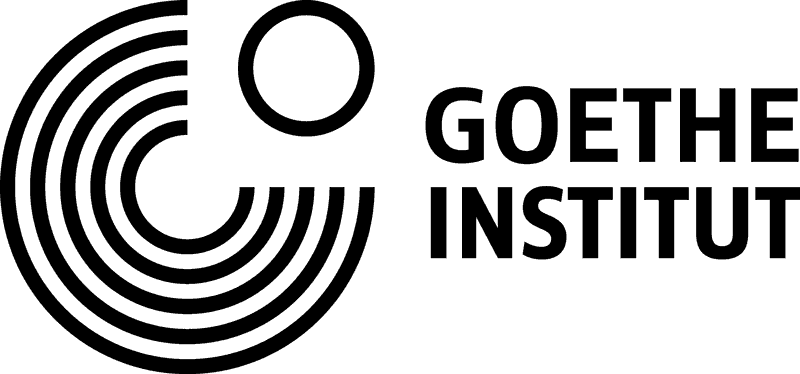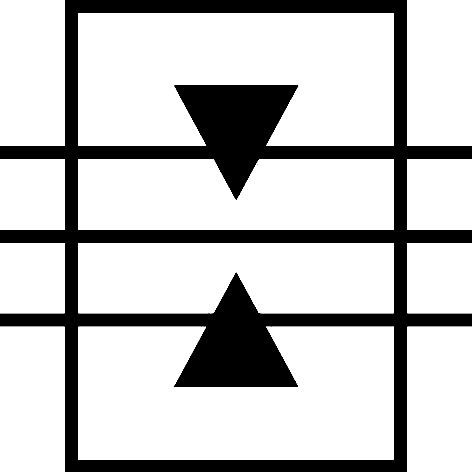By Jiu Jiu: Architectural renders form the cornerstone of public communication in contemporary architecture.
Fantastic Grounds

Installation view, “Fanastic Ground” at I: project space 2017
17th April- 14th May 2017
Architectural renders form the cornerstone of public communication in contemporary architecture. An overabundance of visual content has produced a fixation on architectural representation, rendering techniques in particular. Computer generated imagery is no longer an intermediary between an idea and its realization, but a finished product on its own. The worldwide dominance of this rendering programs consequently results in a homogenous aesthetic around the globe. Rendering software and its application works as a self-reciprocating aesthetic style of tropes that reinforce these dominant politics and values. Images of the future reinforce the way that future is developed.
While standardization is a necessity for computer operating systems that might be contrary to the desire of the inhabitants of those cities to have them as individual and as tailored to individual needs. Jiu Jiu captures with his exhibition “Fantastic Grounds” the universal language and the fascination of these highly-glamourized abstraction of the world we live in. In his new video work Jiu Jiu carefully dissects the images and algorithms that form our living space.
This is not only an important aspect on an aesthetical level but also has far-reaching consequences for human society. In designing and constructing environments in which people live and work, architects and planners are necessarily involved in influencing human behavior. From Howard’s “Garden Cities of To-morrow” (1902), through Le Corbusier’s “Ville Contemporaine and La Ville Radieuse”, to the Smithsons’ “Streets in the sky”, there has been a long-standing thread of recognition that the way people live their lives is directly linked to the designed environments in which they live. So how will be live in these new cities?
Jiu Jiu *1986, lives and works in Beijing |
In the attempt to present an experience image of the various life phenomena, Jiu Jiu's works tend to explore the image generation and changes of the propagation and their impact on the viewing as well as the ethics of viewing in the process of this visual technology to be experienced, while focusing on new visual technology.
view more
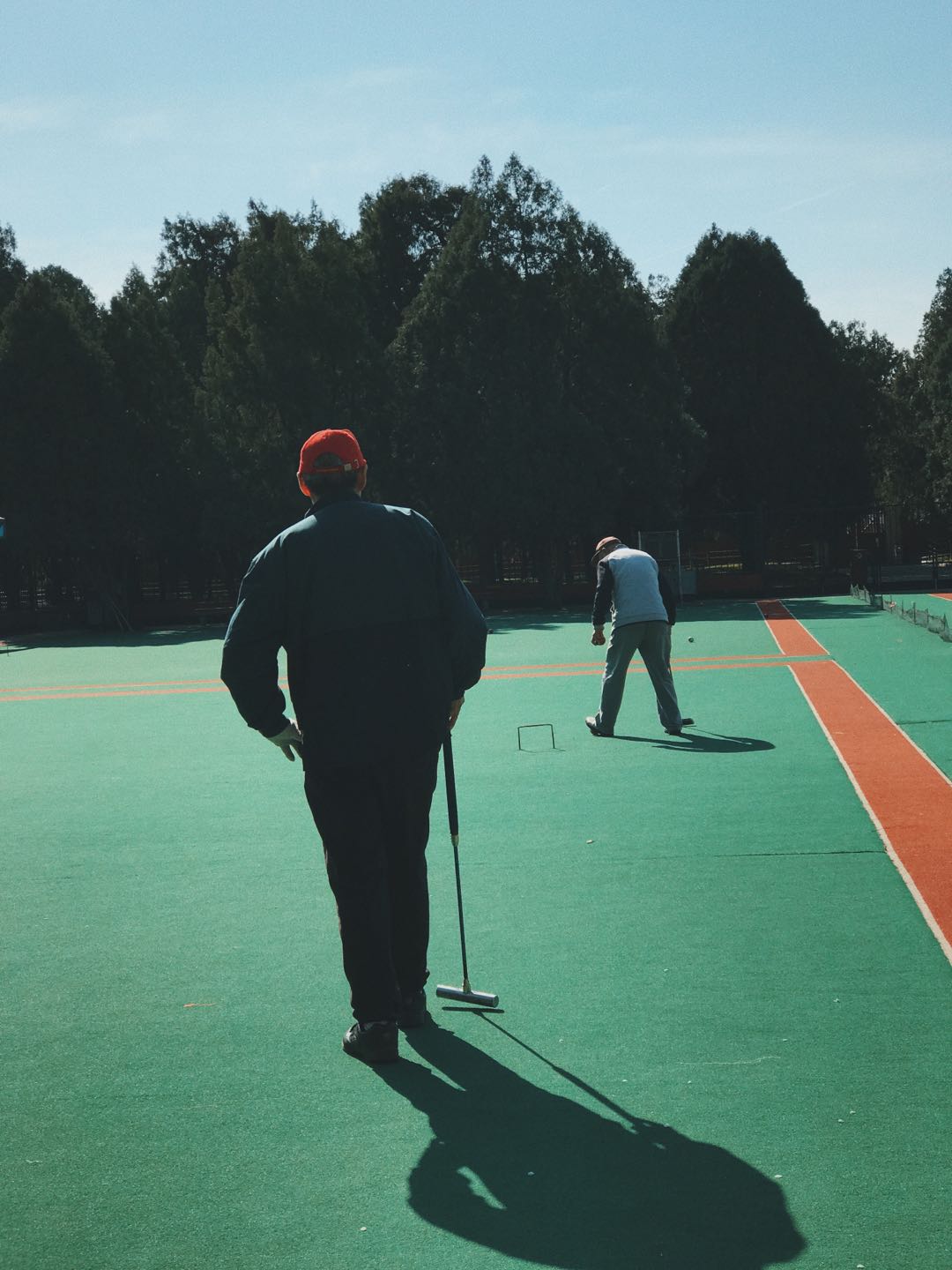 Place of the Day – Urban Utopia and the Nostalgic Garden
by Weili Zhang
This essay discusses the titular terminologies (Utopia, Nostalgia, Garden and Place) in relation to each other, showing how various concepts are interlinked through a brief account of history and observations of contemporary Chinese society.
positions
→ featured
Place of the Day – Urban Utopia and the Nostalgic Garden
by Weili Zhang
This essay discusses the titular terminologies (Utopia, Nostalgia, Garden and Place) in relation to each other, showing how various concepts are interlinked through a brief account of history and observations of contemporary Chinese society.
positions
→ featured
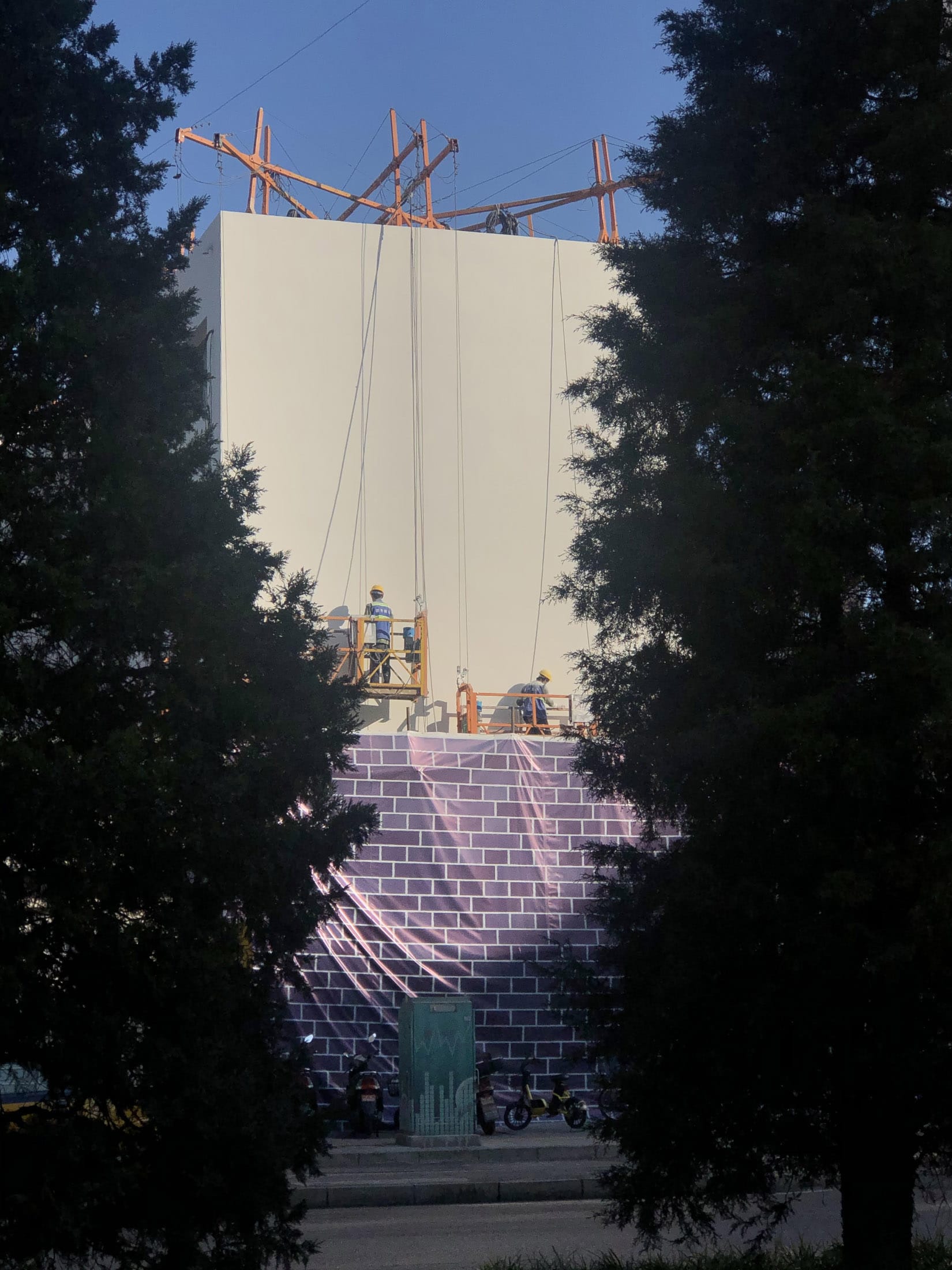 Stranger Than Science-Fiction?
by Samuel Kay and Muxia Liu
Urban Inequality, Density, and the Spatial Imaginaries of Beijing’s City Plan and Hao Jingfang’s Folding Beijing
residencyprojects
→ featured
Stranger Than Science-Fiction?
by Samuel Kay and Muxia Liu
Urban Inequality, Density, and the Spatial Imaginaries of Beijing’s City Plan and Hao Jingfang’s Folding Beijing
residencyprojects
→ featured
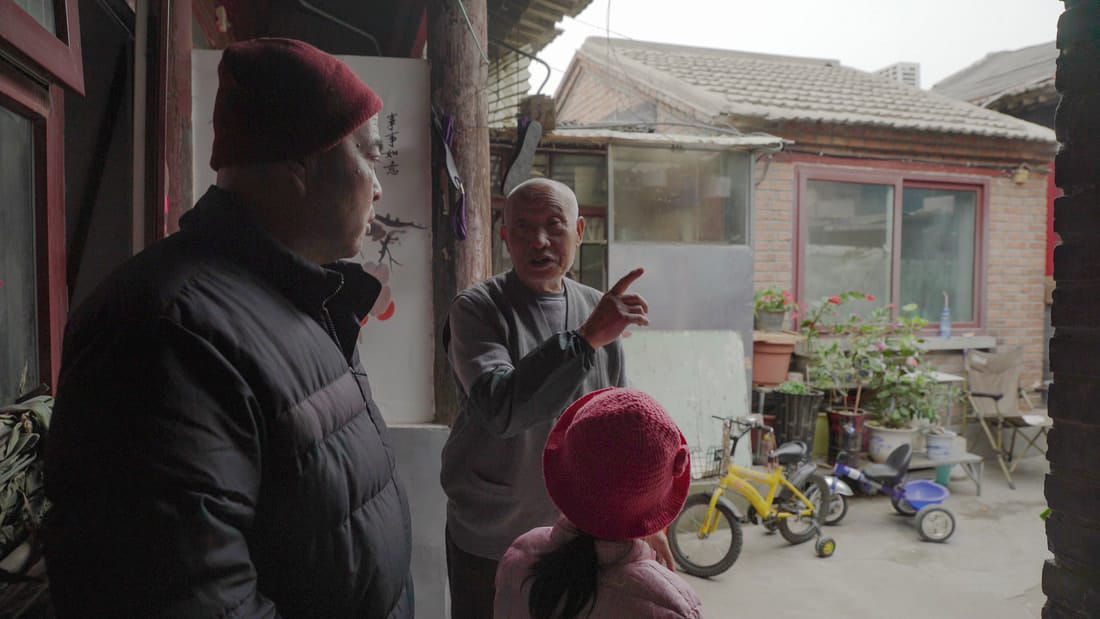 Walls and WalnutsMar 10, 2020
An ongoing project in a collaboration with artists Zhangbolong Liu and Jialin Yang
research-grantsprojects
Walls and WalnutsMar 10, 2020
An ongoing project in a collaboration with artists Zhangbolong Liu and Jialin Yang
research-grantsprojects
 A Thousand-Year StageAugust 2019
A Thousand-Year Stage (2019) is an experimental non-fiction film that features local residents of Xiongan New Area, Chinaʼs most recently planned megacity, awaiting its transformation. By Daphne Xu.
exhibitionprojects
A Thousand-Year StageAugust 2019
A Thousand-Year Stage (2019) is an experimental non-fiction film that features local residents of Xiongan New Area, Chinaʼs most recently planned megacity, awaiting its transformation. By Daphne Xu.
exhibitionprojects
past talks
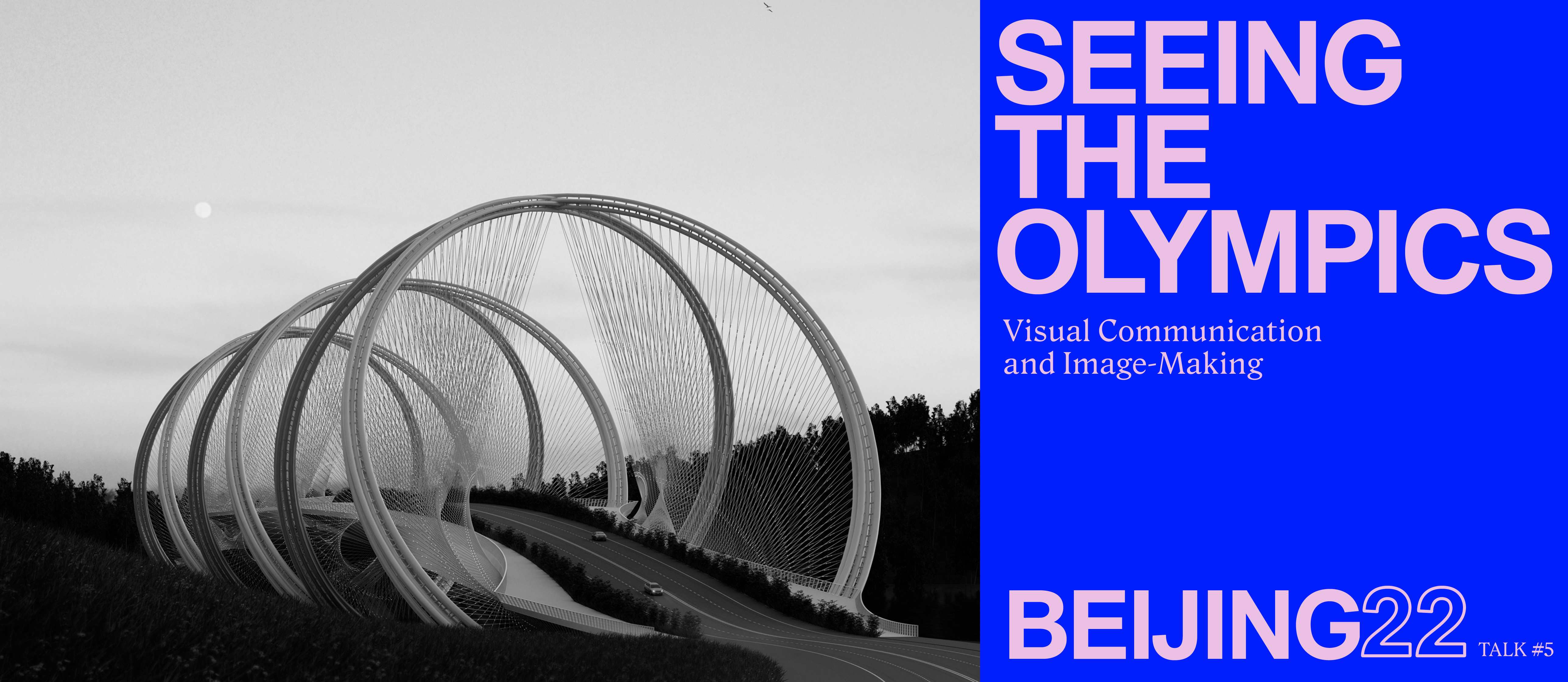 Talk No. 5: Seeing the OlympicsDec 7, 2019
Visual Communication and Image-Making.
talkconversations
Talk No. 5: Seeing the OlympicsDec 7, 2019
Visual Communication and Image-Making.
talkconversations
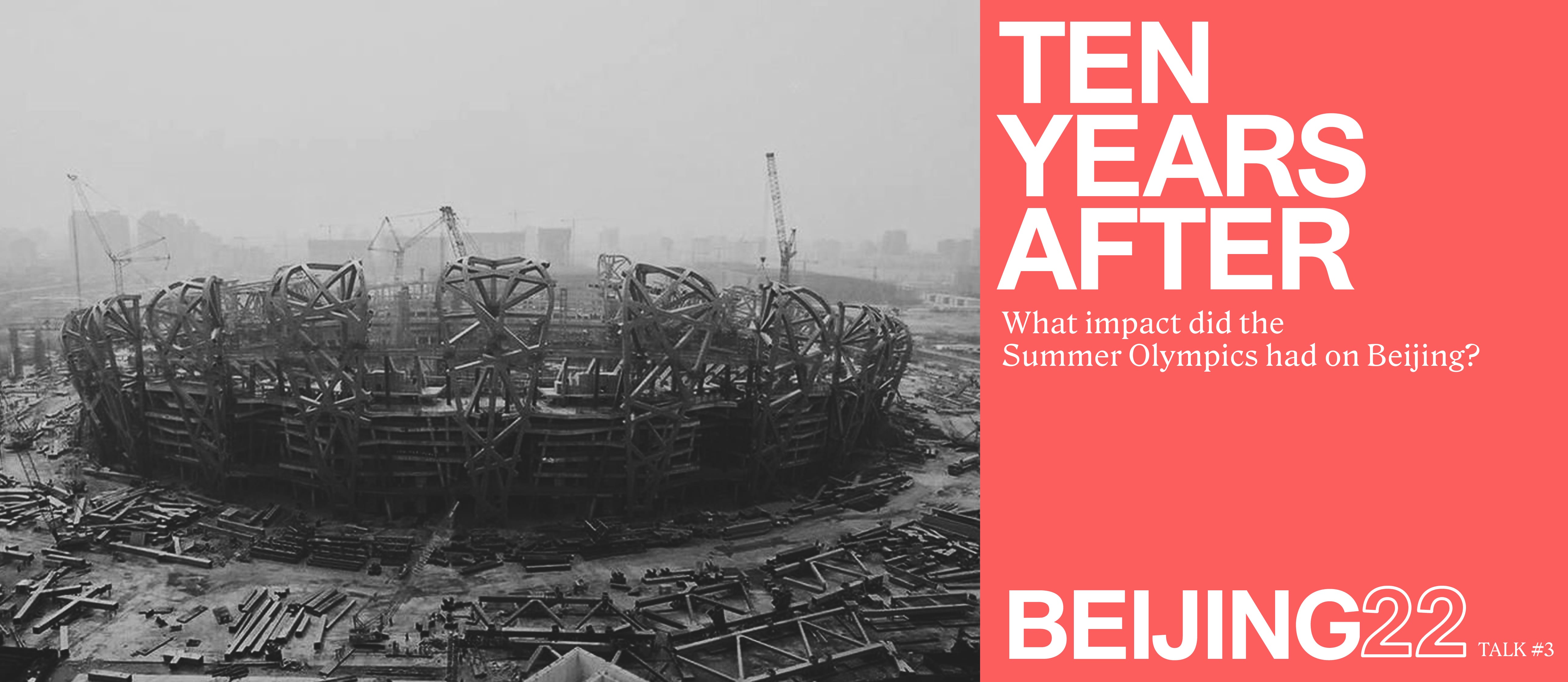 Talk No. 3: Ten Years afterDec 15th, 2019
In what way does the Beijing pre and post-Olympics Beijing differ? How are events like the Olympics utilized for a Chinese urbanization model?
talkconversations
Talk No. 3: Ten Years afterDec 15th, 2019
In what way does the Beijing pre and post-Olympics Beijing differ? How are events like the Olympics utilized for a Chinese urbanization model?
talkconversations
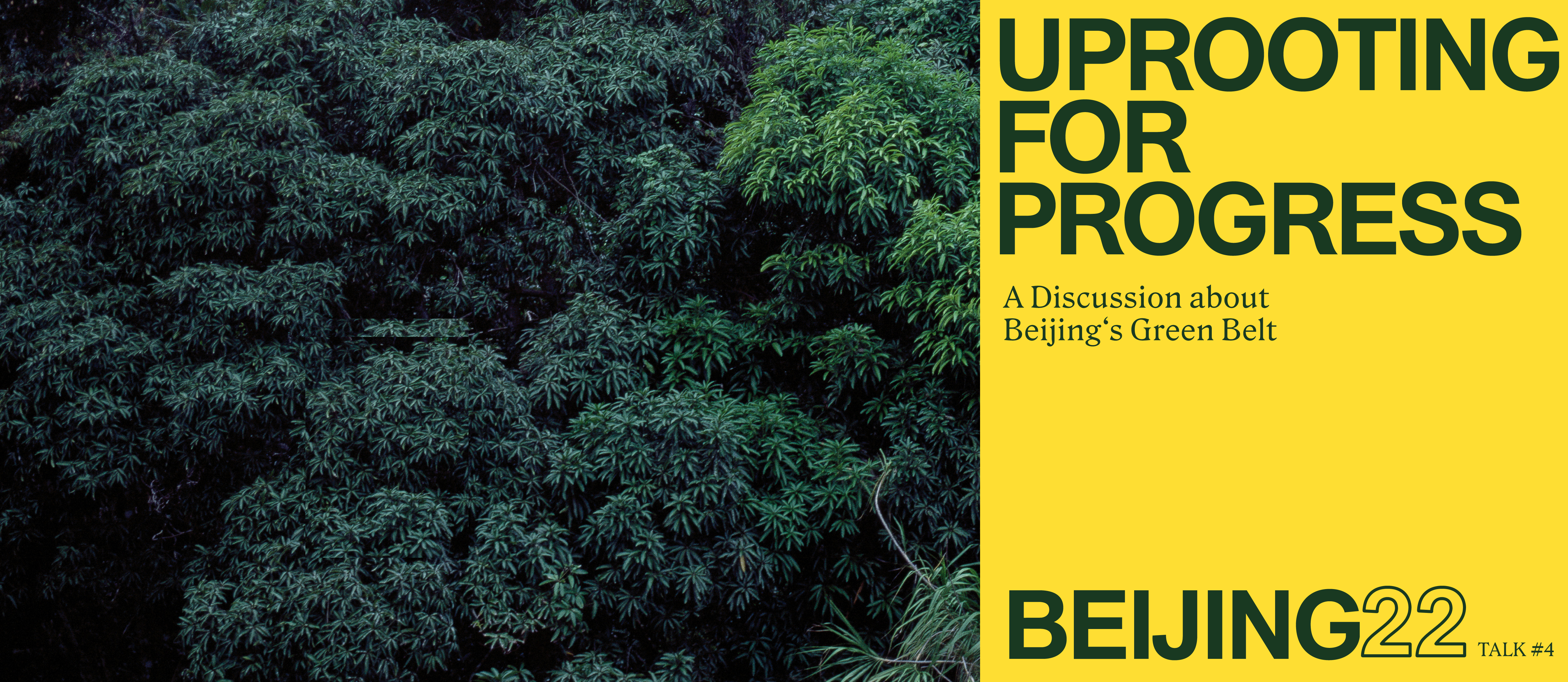 Talk No. 4: Green BeltNov 2, 2019
A common problem that cities all around the world are sharing is the growing urban pollution problem.
talkconversations
Talk No. 4: Green BeltNov 2, 2019
A common problem that cities all around the world are sharing is the growing urban pollution problem.
talkconversations
